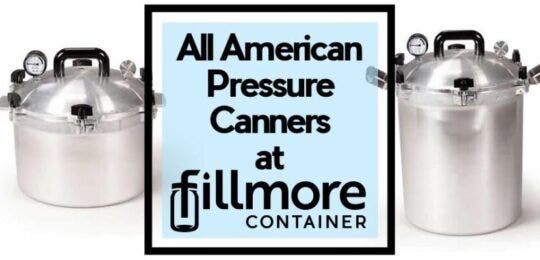
Key Considerations When Moving from a Kitchen to a Co-Packing Facility
There is nothing quite like the freedom of crafting your culinary creations or or personal care formulations in the comfort of your kitchen. But as your small-scale production continues to grow, the limitations of your existing space may become apparent. The time comes when you must make a significant...
Read More >








